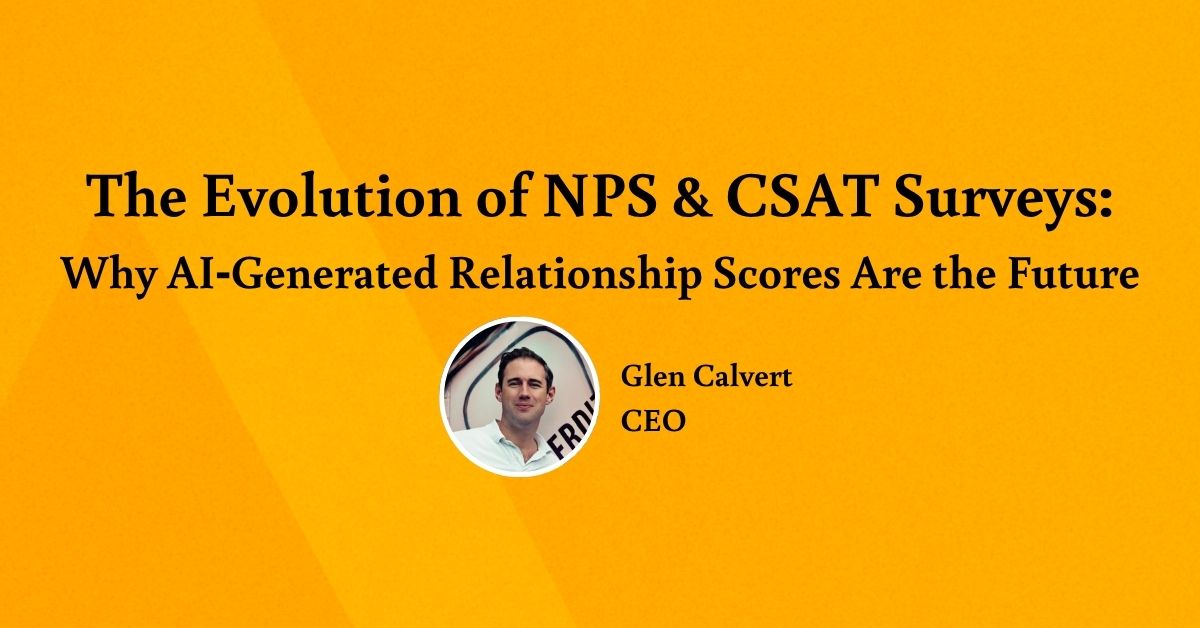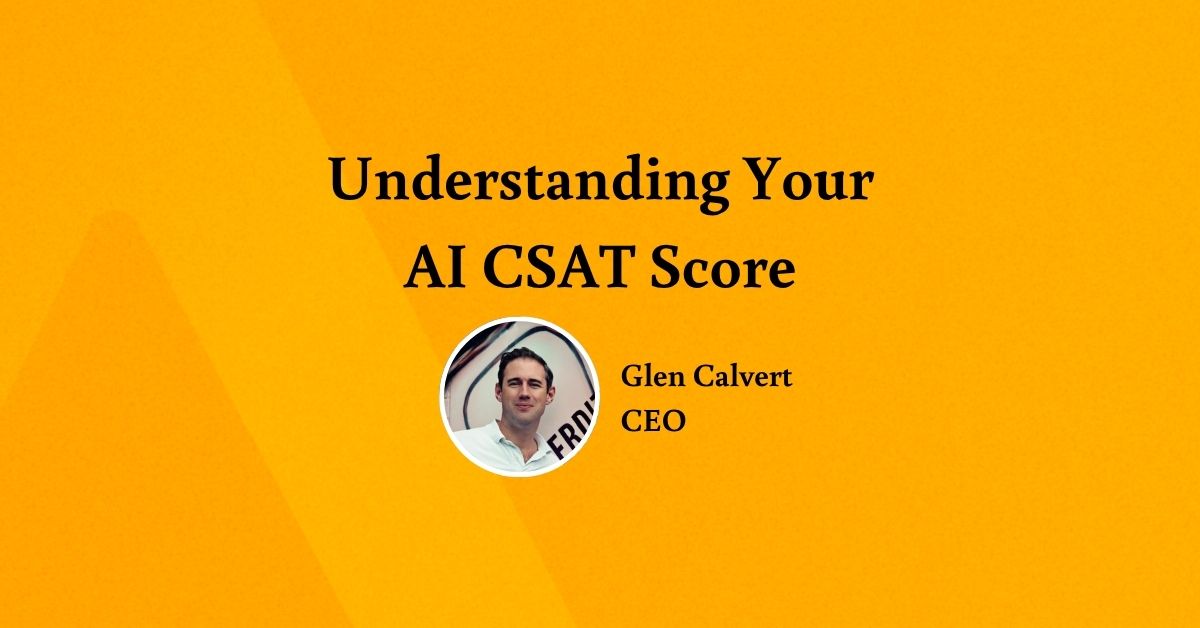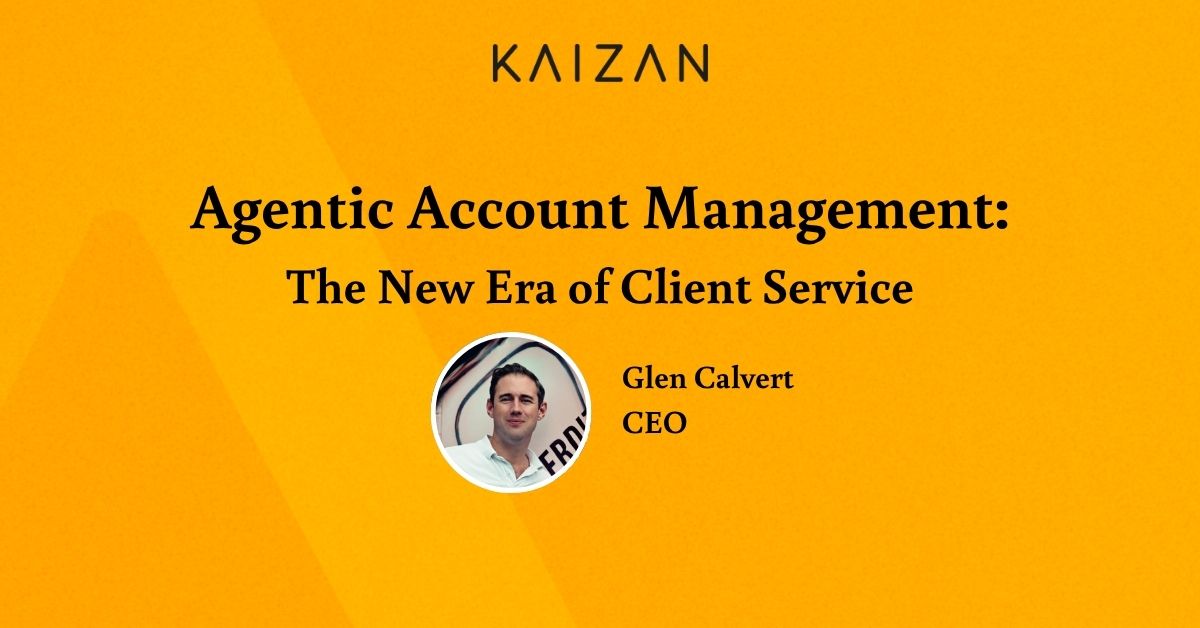Interview with a CTO: PT II

Interview with a CTO: PT II
Below is the 2nd part of an Interview with a CTO – Kaizan’s
The AI field evolves rapidly. How do you ensure that Kaizan’s AI stays at the forefront while maintaining stability and reliability for end-users?
Everything about AI is evolving rapidly! It’s very hard to keep track – especially considering the rate of development and competition within the enterprise models.
But you can try to get ahead of this in a few ways:
1) There’s a bunch of curated newsletters out there I subscribe to, both by individuals and AI-focussed VC funds, like Ben’s Bites and Sifted
2) I follow companies in the AI space
3) I’m also part of my alma mater’s AI research and conferences/meet ups
4) Participating in panels, podcasts, and AI events/summits
What ethical considerations come into play when building AI solutions, especially around data usage and compliance?
Many people build products without truly understanding the underlying training models. These models are typically trained on public internet data, which is inherently biased.
As a result, models learn biased versions of right and wrong. These biases appear in their outputs – not just in text, but even more noticeably in images and videos. When you request research-based or long-form answers, you’ll find that responses to certain questions show significant bias.
You can test this yourself. Go to your favourite AI platform, ask about current events or even events from a year ago, and you’ll notice the biased nature of the responses!
The challenge then becomes how to remove these biases from systems. For data usage and compliance, I believe you need to create both physical and logical barriers between different datasets – especially those that shouldn’t intermingle – to prevent inadvertent data leakage.
Soon, we’ll likely see AI compliance officers and AI data officers (or similar roles) become standard, like today’s GDPR officers or Chief Data Officers. These new AI officers will ensure that AI outputs are free from bias, remain compliant, and prevent illegal data from leaking between systems.
In many cases, you might not even realise what’s happening. You may think you’re using a system one way, but the models are actually training on your dataset.
You should be extremely cautious when signing contracts and ensure they explicitly prohibit using your data to train their models!
What excites you the most about the future of AI in client services and success?
Client success teams have the hardest jobs. This is because the feedback loop on whether you’ve conducted a successful call or responded effectively to an email comes months down the line – when the client either renews or drops off.
The feedback cycles for other teams are much quicker. For example, development teams build something and it either works or doesn’t work, allowing them to fix issues immediately. This is a more deterministic process. Projects may take years to build, but the intended outcome is always determined. If you follow the same process again, you’ll get the same software. Similarly, in sales you’re chasing prospects who will either convert or not and you can determine where they are in the pipeline.
However, the feedback loops in client success are still longer. One of the things that Kaizan is able to do today is identify those markers which indicate client risk – where there’s a possibility of churn – and to spot moments of opportunity where you might have a chance to sell or offer a particular service.
This is powerful because we’re able to work with communication signals which are typically hard to quantify. Then, we can combine them with other quantitative signals to predict client health.
We’re doing that with what we call the CARE framework; our proprietary health score for measuring client relationships. The client success software area is the hardest to crack, and I’m excited because we’re one of the first few companies – probably the only company – that is working on this problem and solving it.
This is going to be huge and disruptive, making a tremendous difference in our users’ lives by magnifying their impact three, five, or possibly even ten times. We talk about the 10x developer; now it’s time for the 10x client success manager!
What challenges do you anticipate as the industry evolves?
We’re still in the wild west of AI usage. A lot of companies want to use AI but have no idea how to use it. As product builders, we’re trying to figure out what the best UX will be for AI.
For so long, we have worked with point-and-click interfaces – this hasn’t changed since the keyboard in the ’60s and the mouse in the ’70s. We still use screens to look at things.
What would the future of computing be for us? How would it become ubiquitous with what we do and how we do it? I don’t think the future is going to be more screens and typing really fast, but it’ll be different. It might be voice-activated, or it could be something else we don’t even know yet.
While we currently interact with AI tools through chat conversation, I don’t know if that’s going to be the right or only interface. I’m excited because the future’s going to be so different.
It’s going to be one of those profound changes, like when the internet first appeared: everything is going to change. As the industry evolves, there will be winners and losers.
The winners will be those who understand how to truly use platforms to build tools that are easy to use and that solve specific user problems. Now, if you’re building a wrapper over an AI platform – and it’s easy for somebody else to build that wrapper because you don’t have any specific proprietary data feeding into your models – then your business is probably dead.
A lot of tools will become table stakes and we can see that already with Microsoft’s and Google’s workspace tools. AI is part of that — you’ll probably pretty soon have AI over your documents and over your communications as well.
What they won’t be able to do is work across multiple workspaces from different companies, and they won’t truly understand the user journey and the specific problems that CSMs face today.
That’s where there’s an opportunity for companies like Kaizan to create something of great value.



